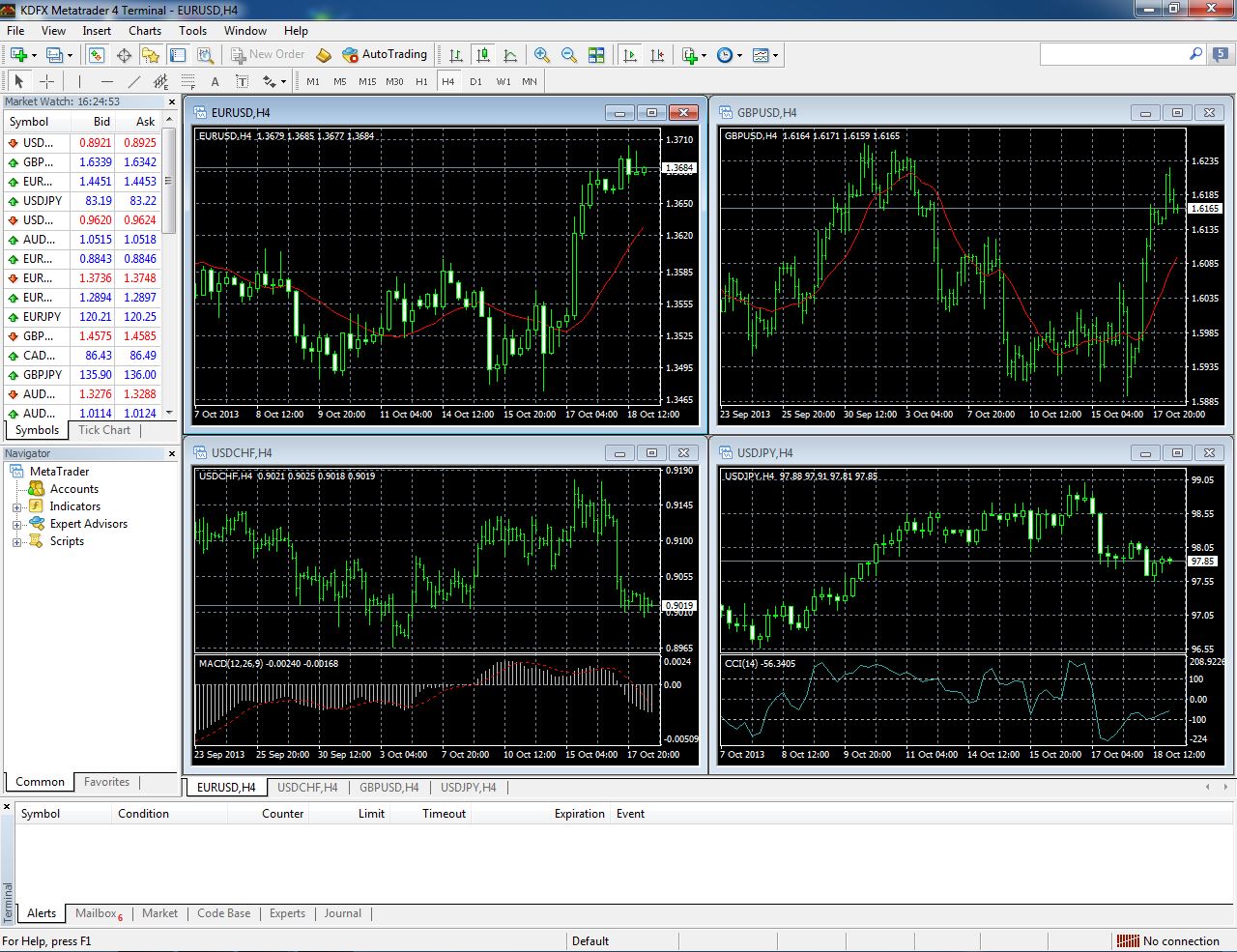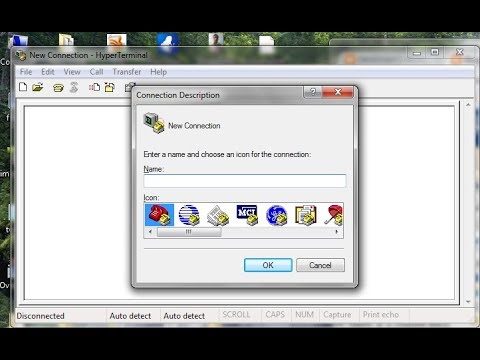

+ FullyQualifiedErrorId : DeploymentError.Commands. + CategoryInfo : OpenError: (C:\Users\:String), FileNotFoundException + add-appxpackage -Path ".\Microsoft.WindowsTerminal_.0_8wekyb3. In the Event Log or use the command line Get-AppxLog -ActivityID b425a102-b6a8-0001-5add-56b4a8b6d601

However, I recieve error: add-appxpackage : Deployment failed with HRESULT: 0x80073CF0, Package could not be opened.Įrror 0x8007007B: Opening the package from location Microsoft.WindowsTerminal_.0_8wekyb3d8bbwe.msixbundle msixbundle from the GitHub release page and used the command from here: add-appxpackage -Path ".\Microsoft.WindowsTerminal_.0_8wekyb3d8bbwe.msixbundle" You need this information if you want to check whether your operating system has all of the latest updates for example.I'm trying to install Windows Terminal on Windows 10 v1803 where I don't have any admin privileges and Microsoft Store has also been deactivated. However, it does not give you detailed information about your Windows version, such as the version number or the OS build number. The system information window therefore contains all the information you need in order to install new programs. You can also see whether or not your Windows version is activated. The next section shows the name of your computer and network domain settings. The window also contains an overview of the technical characteristics of your system, for example: processor architecture, installed memory (RAM) and system type (i.e. Under the heading “View basic information about your computer”, you will see the name of your operating system, e.g. A system information window will appear.

Simultaneously press the key and the key.It supports a range of connection types, including SSH, Telnet, Telnet/SSL, Serial/Modem/Direct, Rlogin, ISDN, Named Pipe, and Windows modem. On newer systems, the steps are as follows: One of the best tools for people who need to access data on Unix accounts from Windows, ZOC Terminal, may not be free (79.99) but is still a great value for more advanced users. The quickest way to find out your Windows version is using a keyboard shortcut.


 0 kommentar(er)
0 kommentar(er)
